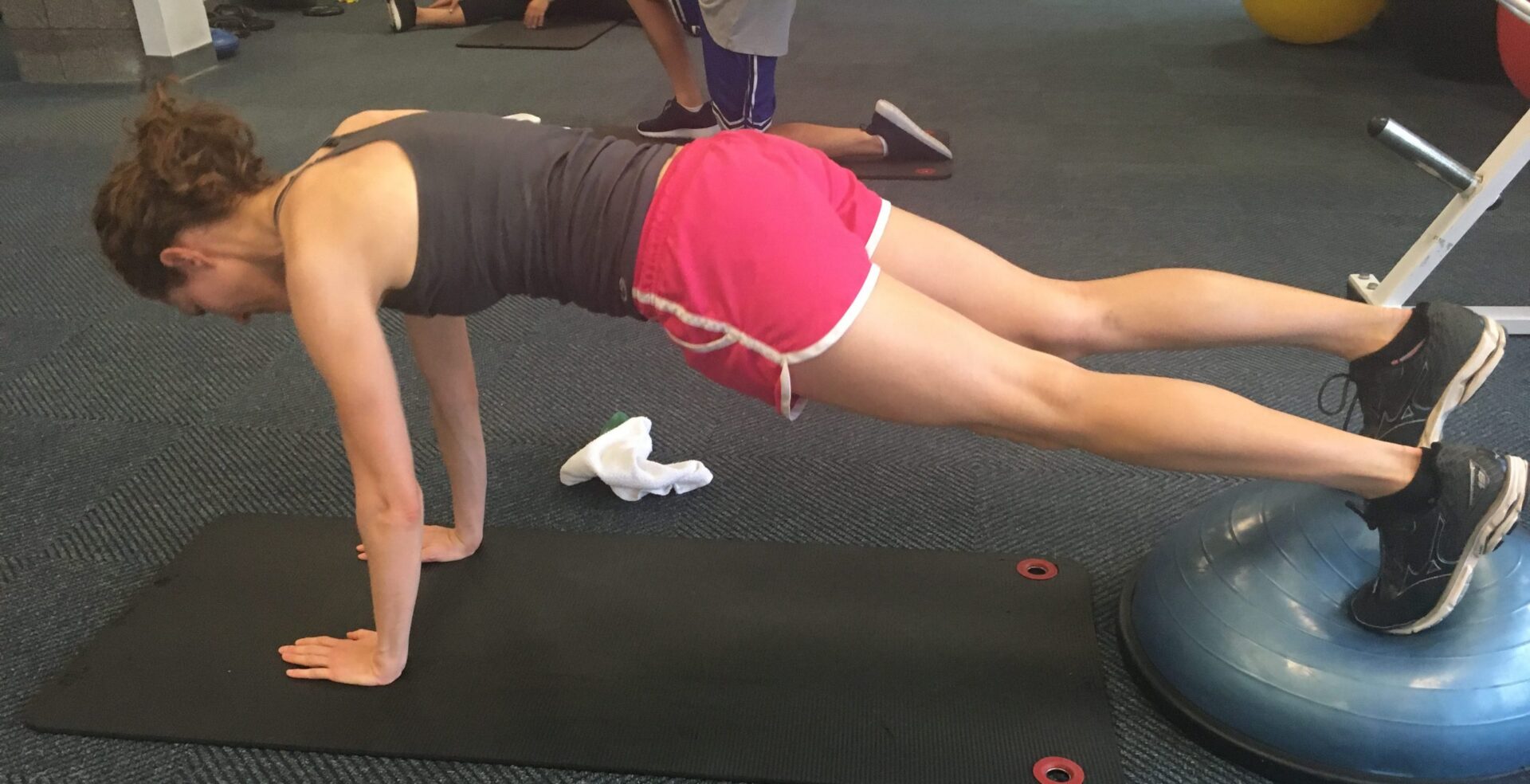There’s a general conception that our bodies are a machine made up of muscles, ligaments, and bones. And like any machine with a broken part, when we are sore or in pain there is usually one part of our biological machine that needs to be fix. But what do we do about the pain that doesn’t really feel like it’s coming from anywhere in particular? What do we do when the pain encompasses our whole body? Oftentimes, this type of pain has to do with the part of the body known as the fascia.
Fascia is the fluid connective tissue that forms a network within our bodies to essentially hold us together. Fascial networks live between every cell and connect throughout our entire being, allowing us to move in fluid, normal ways. Fasciae have more sensory neurons than any other part of the body (with the exception of the skin), so there’s lots of opportunity for it to ache. Strengthening your anatomical perspective by focusing on your fascial network can help not only relieve this pain but also allow for better movement.
Corrective exercise is one way to approach fascial pain. Essentially, corrective exercises are movements design to correct a specific
impairment. Fascia pain can often be attribute to excessive stress or strain in an area of the body from incorrect or inefficient movement. Corrective exercise helps to correct movement to reduce the stress in the area causing pain. Corrective exercises can also help improve posture, which in turn helps prevent fascial pain. However, it’s important to know that corrective exercise can only be properly done by an expert in anatomy. That’s why if you’re looking to turn to corrective exercise to help with fascial pain, consulting a professional is vital if you want to get to the heart of the matter and heal properly.
Below is our list of some of the best ways to keep your fascia feeling good and to avoid that unpleasant body pain that starts in your fascial network:
- Stretching: After a good night’s sleep, a slow, long stretch can help get rid of the stiffness and cramping we often feel when we first roll out of bed. That’s because stretching helps to pull apart the fascia to keep it flexible, allowing for easy and fluid movement.
- Dynamic Stretching: Dynamic stretching is great for keeping you limber and loose because it warms up your muscles the way stretching does, but the main difference is that with dynamic stretching you don’t hold the position. Instead, you engage in active movements like swinging arms or lightly jogging in place. This helps stimulate your body to stay active and keep movements fluid and painless.
- Rolling: Using a foam roller or doing a tennis ball massage is another way to loosen up the fascia and keep smooth. This type of care can help you unwind tissue that’s been twist or bound tight.
- Drink Fluids: Like most advice, our list wouldn’t be complete without telling you to drink more water! Staying hydrated is absolutely vital to keeping the fascia from drying out.
It’s important to have a healthy fascial network to avoid pain and remain healthy. And sometimes that just means staying active, practicing stretching, massaging or rolling, and drinking lots of water. But if you’re feeling pain, turning to a professional who understands corrective exercise is a great way to get to the source of the pain and to correcting your movements to eliminate it.


